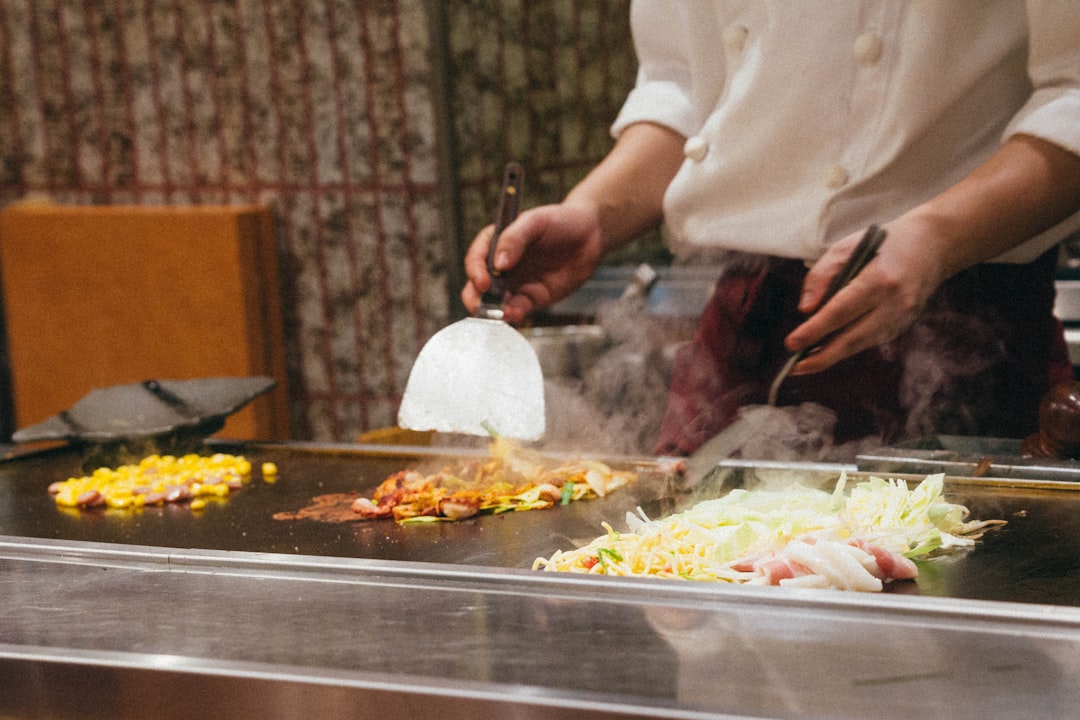Contrary to what many people believe, the vividly - colored, cocoa - flavored dessert known as red velvet cake is far from being just a red - dyed chocolate cake. It has a rich history and unique characteristics that set it apart in the world of baking.
Red velvet cake has its roots in the United States, dating back to the early 20th century. There are various theories about its origin. One popular story suggests that it was first created at the Waldorf - Astoria Hotel in New York City. The hotel's version of the cake became so famous that people would ask for the recipe. However, the hotel charged a hefty fee for it, which led some to reverse - engineer the recipe and spread it far and wide.
So, what makes red velvet cake different from a regular chocolate cake? The key lies in its ingredients and the way they interact. First of all, red velvet cake typically uses a relatively small amount of cocoa powder. The cocoa is not the dominant flavor but rather adds a subtle chocolate undertone. The real star of the show is the red food coloring. In the past, the red color was a natural by - product of the reaction between the cocoa powder and the acidic ingredients in the cake, such as buttermilk and vinegar. But today, most recipes call for artificial red food coloring to achieve that signature bright red hue.
Another important ingredient in red velvet cake is buttermilk. Buttermilk adds moisture to the cake and also reacts with the baking soda to help the cake rise. The combination of buttermilk and vinegar creates a tender crumb that is characteristic of red velvet cake. The vinegar also helps to break down the gluten in the flour, resulting in a softer texture.
When it comes to making red velvet cake, the process is a bit more delicate than making a regular chocolate cake. The first step is to sift the dry ingredients together. This includes the flour, cocoa powder, baking soda, and salt. Sifting helps to aerate the dry ingredients and ensures an even distribution in the cake batter.
Next, the wet ingredients are prepared. Butter and sugar are creamed together until light and fluffy. Eggs are then added one at a time, beating well after each addition. The buttermilk, red food coloring, and vanilla extract are combined in a separate bowl. The dry ingredients are gradually added to the creamed butter and sugar mixture, alternating with the wet ingredients. It's important not to over - mix the batter at this stage, as over - mixing can lead to a tough cake.
Once the batter is ready, it is poured into greased and floured cake pans. The cake is baked in a preheated oven at a relatively low temperature. This slow baking process helps the cake to cook evenly and develop a moist interior. After baking, the cake is allowed to cool in the pans for a few minutes before being transferred to a wire rack to cool completely.
The traditional frosting for red velvet cake is cream cheese frosting. Cream cheese frosting has a tangy flavor that pairs perfectly with the sweetness of the cake. To make the frosting, cream cheese and butter are softened at room temperature and then beaten together until smooth. Powdered sugar is gradually added, along with vanilla extract, until the frosting reaches the desired consistency. The frosting can be spread between the layers of the cake and on top and sides for a beautiful finish.
Red velvet cake can be customized in many ways. You can add nuts, such as walnuts or pecans, to the cake batter for an extra crunch. You can also experiment with different flavors of frosting, such as chocolate or lemon. Some people even like to add a layer of jam or curd between the cake layers for a burst of flavor.
In conclusion, red velvet cake is a unique and delicious dessert that deserves its place in the spotlight. Its rich history, distinctive flavor, and beautiful appearance make it a favorite at parties, weddings, and other special occasions. Whether you're a seasoned baker or a beginner in the kitchen, making a red velvet cake is a rewarding experience that will surely impress your friends and family.

